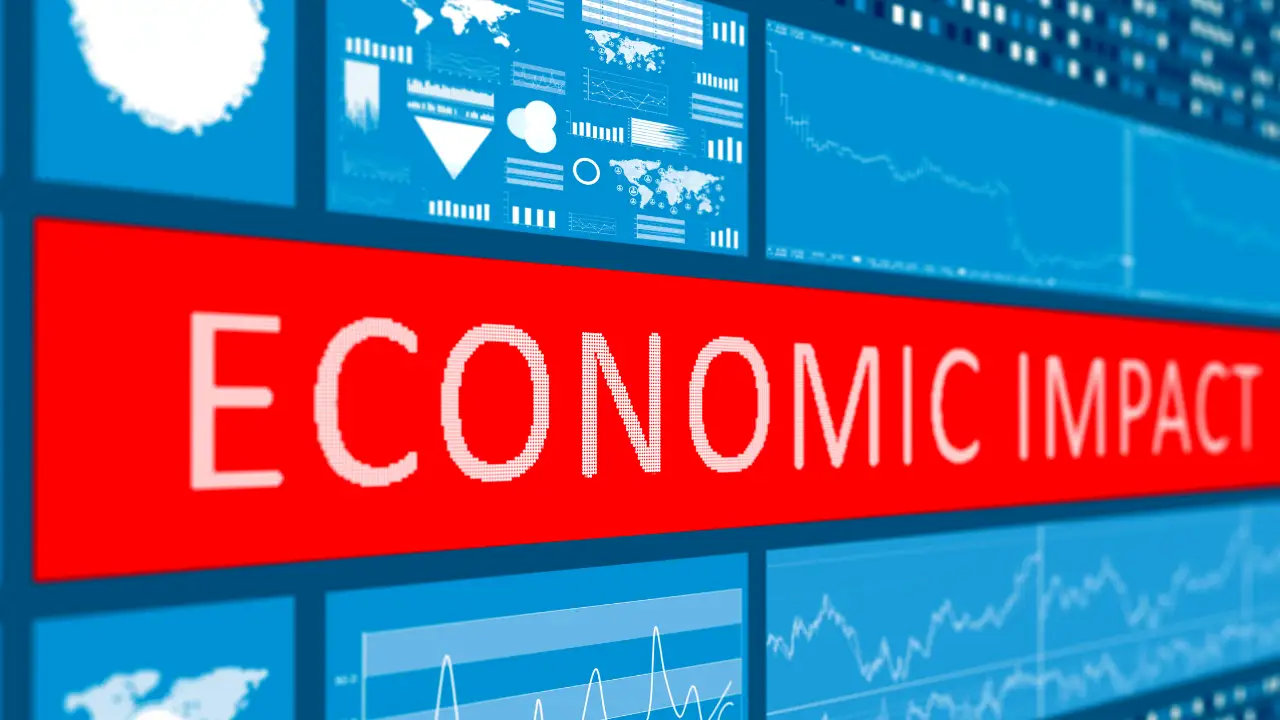This blog on “how to be a better procurement manager” provides insightful guidance on enhancing procurement management skills, focusing on the latest trends and strategies. It emphasizes the importance of adapting to new challenges in the procurement field.
Important Points covered in this blog:
- Embracing digital transformation in procurement processes.
- Developing strategic relationships with suppliers for long-term benefits.
- Leveraging data analytics for informed decision-making in procurement.
- Focusing on sustainability and ethical sourcing practices.
- Enhancing negotiation skills and cost management strategies.
Over the past years, we’ve seen how supply chains are constantly changing and facing uncertainties. CPOs and procurement leaders everywhere are trying to identify ways to be agile to handle future uncertainties.
A significant amount of change has taken place in the procurement function over the past few years. A market that is becoming increasingly complex and volatile has forced companies and procurement leaders to do more with less and be a digital procurement manager by adopting procurement best practices. Therefore, Procurement managers must identify innovative ways, best practices in digital procurement to bring value to the firm in order to accomplish corporate goals. In addition, CPOs and procurement managers should discover new strategies to satisfy their objectives in order to obtain greater outcomes without having to spend more money.
This blog will help you become a better procurement manager by providing you the latest updates on procurement digitization. The latest updates can help you keep up with your industry competition, reduce costs and optimize your supply chain network to improve performance and mitigate risks.
How to be a Better Procurement Manager:
1. Embrace Digital Procurement Best Practices:
The digital age has revolutionized many aspects of life, and procurement is no exception. Procurement platforms have evolved significantly in recent years to serve organizations’ needs better as they transition into a software-driven world where SaaS-based technologies can be implemented seamlessly without disrupting existing workflows or processes for employees who are already using these tools successfully on an ongoing basis. However, implementing new procurement processes and technological platforms based on Software-as-a-Service (SaaS) requires thorough planning is required for a better procurement management.
According to the latest PwC global digital procurement survey report 2022, digital transformation is the third most important priority after cost reduction and strategic sourcing. The survey also highlighted that for almost 50% the procurement leaders, digital transformation is a top priority for the next several years.
This is because the pandemic taught the whole supply chain and procurement industry a harsh lesson that supply chain networks need to be secured and maintained well. Hence, the need for digital has become necessary in today’s uncertain world. Digital not only helps deal with the upcoming immediate risks but also helps in the long-term procurement transformation.
For efficiently planning and implementing digital procurement technology, organizations need to have a team that can adapt and think outside the box. However, according to the PwC Global Digital Procurement Survey 2022, talent management and innovation are not the top priorities of procurement managers and leaders. This is primarily due to the pandemic, which shifted the focus to more urgent issues such as digital transformation, securing supplies, managing supply chain risks, pricing negotiations, etc. However, talent management and innovation are expected to be the long-term investments needed to be a better procurement manager.
2. Learn Best Practices in Supplier Risk management and Compliance:
The focus of procurement on efficiency and cost reduction has been the norm for decades now, but risk management and compliance have become increasingly important in today’s world. This is largely due to COVID-19, which made risks more visible, and the ever-changing regulatory landscape around procurement and supply chain industries.
The digital world has revolutionized many industries and the way businesses operate. The days of a one-size-fits-all approach to procurement are over. Procurement Professionals are implementing technologies that will help them keep up with these new demands. Procurement managers need an agile mindset that can adapt quickly to changing business needs and ever-evolving technology, not just for cost savings but also for compliance reasons. Learning best practices in supplier risk management and compliance is key to being a better procurement manager.
3. Understand the Source-to-Contract (S2C), Source-to-Pay (S2P) and Procure-to-Pay (P2P) digitization processes:
Source-to-pay digitalization has become a must-have for any organization that wants to remain competitive in today’s marketplace.
According to the PwC global digital procurement survey, 77% of companies are already equipped with both S2C and P2P solutions.
With automation, organizations can improve efficiency and compliance while reducing costs. They can have better visibility into their spending, helping to ensure that organizations get the best value for their money. In addition, digital procurement can help streamline the supplier management process, making finding and onboarding new suppliers easier. These are just a few endless benefits that S2P and P2P digitalization can offer to organizations.
Know more about Zycus’ organically built Source-to-pay and Procure-to-pay solutions powered by AI.
Experience the power of AI by yourself through our Merlin Experience Centre.
4. Understand Procurement Data: For better management, quality and value generation:
Data management has long been a problem for procurement managers. Organizations may be unaware of the level of data management required for a digital procurement shift. Data management can have project-wide implications ranging from standard integrations to complicated customization issues. Not understanding the data implications may result in budget overruns, overtime, or scope reduction in data management. Data is a key input for many processes and decisions in modern organizations, and underestimating its relevance can cause an inability to meet goals related to supplier enablement or PO automation due to capacity and scope constraints. Hence, For a successful procurement transformation, data must be prioritized early in any project by the procurement managers.
Process digitization is a major driver of data quality as it reduces human errors, increases automation, and prompts greater business insights. With the rise in process digitalization comes many benefits such as improved decision-making abilities due to better-structured information on hand or, even more importantly – value creation from analyzing these records. According to the PwC global digital procurement survey, 82 % of companies with high level of process digitalization are able to generate value from data .
Unfortunately, procurement departments that are not digitally mature lack the ability to exploit and leverage data as 75% of the companies with low level of process digitalisation have reported being unable to leverage their data.
5. Learn Cybersecurity:
Procurement departments are increasingly relying on technology to streamline their operations. However, as Procurement functions become more digitized, they also become more vulnerable to cyberattacks. In recent years, Procurement departments have become more prone to cyberattacks in the form of malware via a software update, attacks on cloud services, ransomware, business email compromise, attacks on supply chains, etc. The cyber threats are numerous and can come from many sources such as cybercriminals, vendors, third parties, and even past and current employees. Ultimately, it results in the loss of sensitive data and financial losses for companies
90% of the PwC survey respondents are concerned about cyber risks, and 27% have already experienced some intrusion.
As a result, it is essential for Procurement departments to implement robust cybersecurity measures. In addition, procurement professionals should be trained in identifying and managing cyber risks, and Procurement systems should be designed with security in mind. By taking these steps, Procurement departments can help protect themselves from the ever-growing threat of cyberattacks.
Conclusion:
Building better supplier ties will distinguish top firms from the competition. Leaders will gain immensely from enhanced supplier resiliency and stronger cooperation. Businesses must pivot and prepare for these changes by focusing on digital transformation and implementing best-in-class procurement technologies.
The world around procurement is changing at lightning speed. Don’t get left behind. Book a demo now!!– Be a better procurement manager
Try our S2P digitization diagnostic tool for optimizing your procurement processes.
Source-to-Pay Digitization Diagnostic
Related Read:
- Blog – Five Precepts to Digital Procurement Transformation
- Blog – Technology Sourcing, Procurement and Vendor Management Need a Center of Excellence to Be Digital-Business-Ready
- Blog – UNLOCK THE VALUE OF DIGITAL TRANSFORMATION BY ADOPTING E-INVOICING
- White Paper – Digital Transformation in Procurement
- White paper – Digital Destination: Charting Your Digital Procurement Journey
- Webinar – Procurement Leadership in the Digital Age: Redefining Technology, Agility and Adaptability
- Zycus iContract
































































